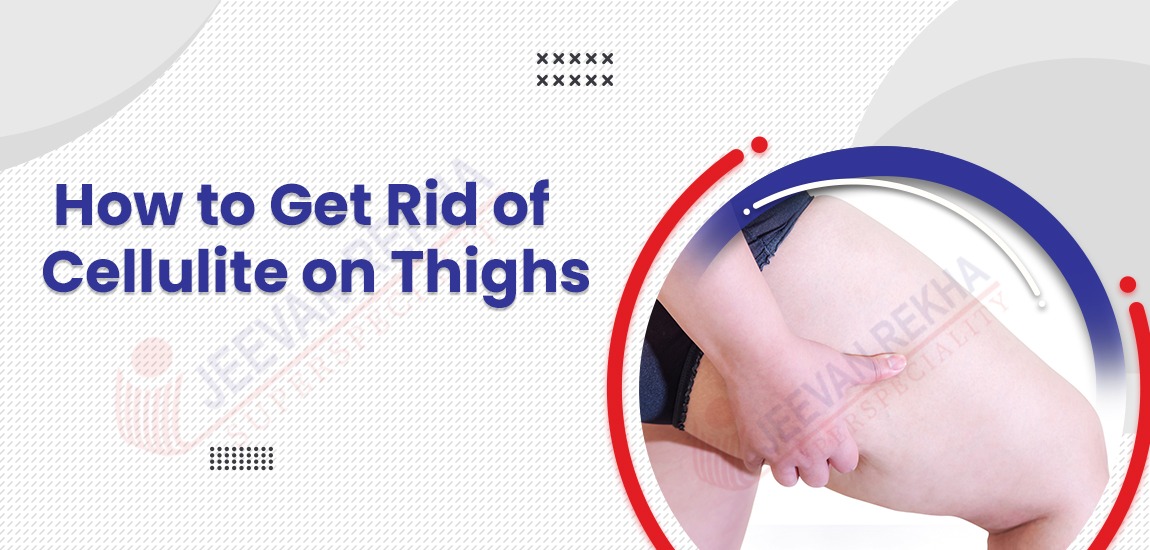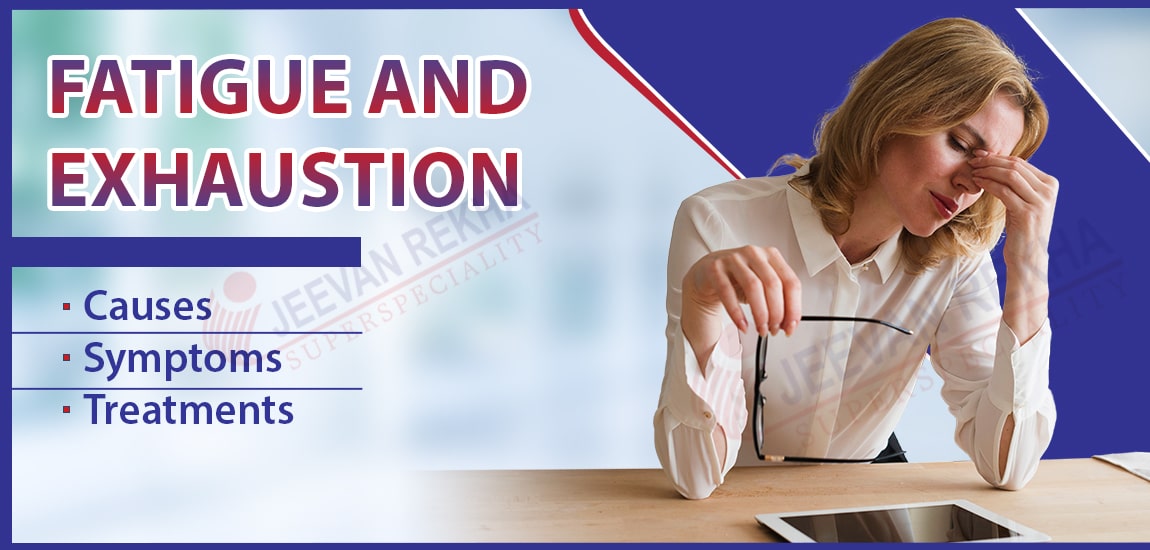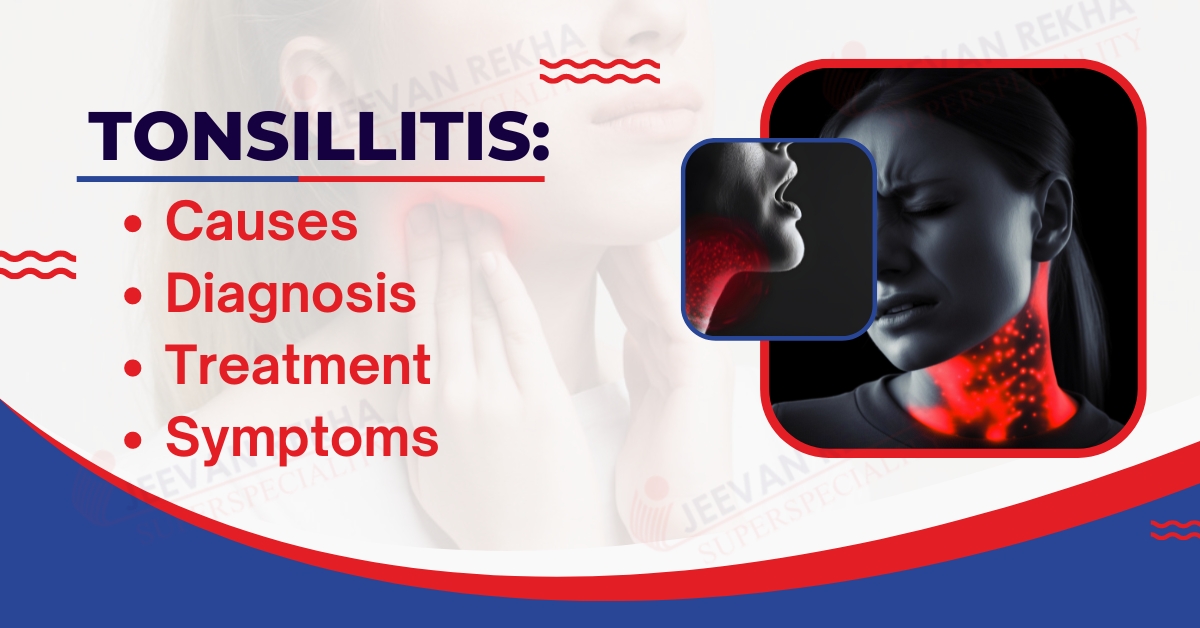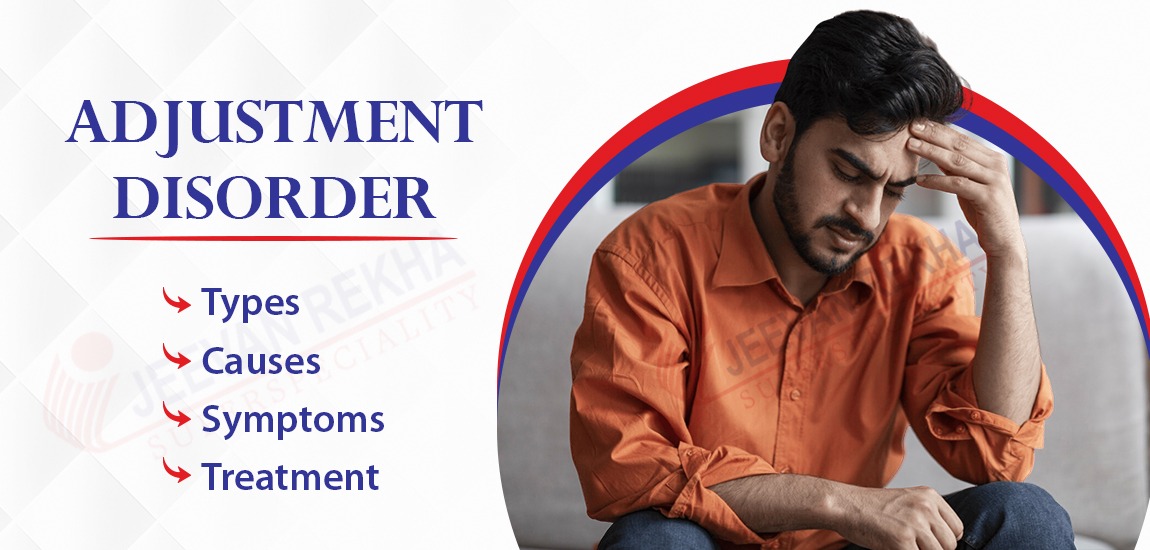
- By JRSH Admin
- In Health and Tips,
- Posted March 28, 2023
How to Get Rid of Cellulite on Thighs | Cellulite
Cellulite is the term used to describe dimples or other textural abnormalities in the skin that happen when fat cells break through the dermis, the second layer of skin. Frequently, the buttocks, thighs, and belly are affected by cellulite.
Cellulite affects more than 85% of women over the age of 21, although it rarely affects men. Regardless of weight or age, cellulite can appear, albeit it becomes more prevalent as we age. It is known as gynoid lipodystrophy in medical parlance.
Cellulite can be less noticeable by invasive surgeries, noninvasive methods, specific products, and lifestyle modifications. However, it's possible that the impacts of methods and equipment will only last a short while. Outcomes often endure for a few days to two years.
What is Cellulite?
Cellulite, sometimes known as "cottage cheese skin," is a lumpy or dimpled skin condition that most commonly affects the legs (particularly the thighs), butt, stomach, and backs of the arms. Because of how similar it is to the little bumps that develop on the surface of citrus fruits, some people also call it "orange peel skin."
Cellulite basically develops when fat globules grow beneath the skin and press up against the connective tissue, giving the skin an uneven, "mottled" appearance.
Cellulite comes in three different varieties with varying degrees of severity, from mild to severe.
Sedentary behaviour, hormonal changes, and, you got it, a bad diet are some of the variables that contribute to this disorder.
Even though cellulite can appear at any age, it usually grows worse as we age because of an increase in fatty deposits (and often a higher body weight and overall BMI).
Almost 90% of women have some degree of cellulite, which is more common in women than in males, especially as people age and their skin loses its flexibility. But, this skin issue can be managed even by teenagers who are coping with weight and hormonal fluctuations.
Although cellulite is neither dangerous nor serious, many people opt to leave it alone. Yet others are greatly troubled by unattractive cellulite, particularly after going through certain life events like weight gain or loss, pregnancy, or during the summer when it's typical to show more skin.
Causes of Cellulite on Thighs
What specifically causes cellulite is unknown. Fibrous bands that connect your skin to the underlying muscle contract irregularly to cause cellulite. Your skin is pulled downward by this tightening, and your normal layer of fat deposits is propelled upward. This results in puckering of the skin.
Here are some common leading causes of cellulite as follows:
- Ageing
- Hormonal imbalance
- High intake of fat, carbs, and salt
- Poor blood circulation
- Inactive lifestyle
- Tissues inflammation
- Loss of collagen
- Weight gain
Symptoms of Cellulite
The appearance of cellulite is characterized by lumpy or dimpled skin. There have been comparisons to orange peel and cottage cheese in the past.
In cellulite-prone areas, like the thighs, mild cellulite can be seen only when you pinch the skin. When cellulite is severe, the skin appears rumpled and bumpy with peaks and valleys.
Although it can be found on the breasts, lower abdomen, and upper arms, cellulite is most frequently found around the thighs and buttocks.
When to see a doctor?
Treatment isn't necessary. But if you're concerned about the appearance of your skin, talk with your primary care doctor or a specialist in skin diseases (dermatologists) or plastic surgery about treatment options.
Grades of Cellulite
Cellulite has four grades:
- Grade 0: You don't have any cellulite.
- Grade 1: While standing, your skin is smooth; however, when seated, there are slight dimplings.
- Grade 2: When you sit down or stand up, your skin has some moderate dimples.
- Grade 3: Whenever you sit down or stand up, your skin forms severe dimples. Deep peaks and valleys (areas that are raised and depressed) can be seen on your skin as well.
Home Remedies of Cellulite on Thighs
Even though cellulite might not be completely eradicable, a few products and lifestyle adjustments could help lessen its appearance, such as:
1. Scrub It With Coffee:
Scrub the cellulite-affected areas while bathing in warm water laced with a little coffee. The use of coffee scrub is known to increase blood flow, which guarantees effective cellulite treatment. You will undoubtedly notice firmer and smoother skin after about a month.
Applying this two or three times per week will produce the desired results. This offers only short-term relief, but if you consistently use this approach, the results will improve. One of the best at-home treatments for reducing the appearance of cellulite is scrubbing with ground coffee.
2. Eat More Raw Foods
Consume more fibre-containing foods like whole grains, fruit, and vegetables in place of "empty calorie" foods. Many pieces of bread, candies, and soft drinks contain simple or "refined" carbs, which increase calorie intake. Particularly in areas that are prone to cellulite, this causes fat.
3. Consuming Gelatin
Since glycine and proline are primarily found in the bones, fibrous tissues, and organs of animals, which are no longer consumed in large quantities by the general public, many people do not consume them in adequate amounts. These amino acids are necessary not only for healthy skin, hair, and nail development but also for a strong immune system and healthy body weight.
4. Apple Cider Vinegar
A versatile remedy for a variety of challenging circumstances is apple cider vinegar. The same goes for the removal of cellulite using apple cider vinegar. Calcium, potassium, magnesium, and other minerals are present in vinegar. These chemical elements reduce cellulite, flush out toxins, and manage extra water retention in the thighs and abdomen.
5. Massages
Poor circulation is one of the causes of cellulite. Not only do massages feel wonderful, but they're also excellent for enhancing blood flow and reducing the appearance of cellulite.
The lymphatic system will be energized and stimulated by massages, which will aid in the breakdown of fat cells and the removal of toxins.
6. Exfoliation
Dry brushing is believed to be so effective at treating cellulite in part because it also works to exfoliate the skin, giving it a smoother appearance.
Exfoliation is crucial for the overall health and appearance of the skin because it removes dead skin cells and increases blood flow. It ought to be a part of everyone's general beauty regimen, particularly if you have cellulite.
7. Hydration
One element that has the ability to heal anything is water. There are toxins in cellulite. Toxins can be removed from the body, a healthy glow is maintained, and the immune system is strengthened with daily water consumption of an adequate amount. Your water will have more zeal if you add various flavorful ice to it.
8. Add Retinol Cream to Your Routine
Look for the word "retinol" when reading firming cream advertisements. Nothing can remove cellulite, so it won't work. But it can enhance the appearance and feel of your skin. The ideal product contains 0.3% retinol. To see results, you must use it for at least six months. To help conceal bumpy areas underneath, it should thicken the top layer of your skin.
9. Weight loss
Some people who are overweight or obese may find that losing weight helps them get rid of cellulite. Cellulite may become less noticeable as a result of losing extra body fat. But remember that anyone, regardless of weight, can have cellulite. Individuals who are overweight or obese are not the only ones who can use it.
You might discover that eating a balanced diet and doing regular exercise can help reduce cellulite on your thighs if you do want to lose weight or tone your muscles.
10. Exercise
Because exercise helps to reduce body fat and speed up metabolism, it is crucial to exercise regularly if you want to get rid of cellulite, which is a result of too much body fat. Squats, side lunges, deadlifts, glute bridges, running, and cycling are among the options. By enhancing your stability and balance, these exercises will also help you strengthen your thighs.
Tags
Blog Search
Latest Posts
-
बर्ड फ्लू के लक्षण, कारण, उपचार और बचाव के उपाय जानें
December 04, 2025 -
Best Diet Plan for Menopause Weight Management
November 25, 2025 -
Pulmonary Fibrosis Treatment: Understanding Lung Scarring and Breathing Problems
November 21, 2025 -
Arrhythmia: Types, Causes, Symptoms, and Treatment
November 07, 2025 -
Silent Heart Attack: Causes, Symptoms and Treatment
October 24, 2025




